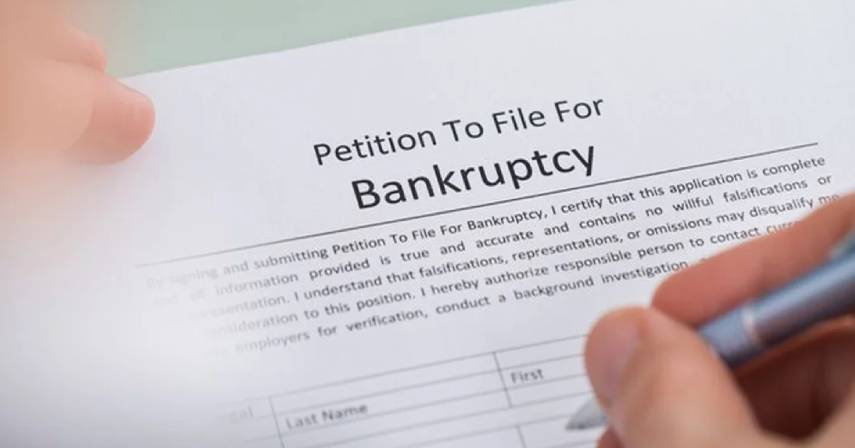What are the Types of Bankruptcy in the US?
Although, there are many types of bankruptcy, the common goal of all of them is to help the person or business filing for bankruptcy get back on their feet and become a valuable asset to society again.
Bankruptcy is filed on the state level. This makes the process of the various types of bankruptcy a bit more difficult to understand because the exact filing procedures and requirements can vary from state to state.
Nevertheless, following is a summary of the most popular types of bankruptcy recognized in the United States under the bankruptcy code:
1. Chapter 7 Bankruptcy
This is the most common type of bankruptcy filed by individuals. The net effect of filing for this type of bankruptcy is to liquidate as much of your assets as possible in order to pay back your creditors and forgive the rest of your debt. Of all the types of bankruptcy, this type offers the most potential financial relief for the creditors. Although a business can file under Chapter 7, it would be a highly unusual process as this type of filing would force them to give up most of their assets and generally destroy the company. After filing for this type of bankruptcy, any monies earned by the person after this, cannot be touched by his former creditors.
2. Chapter 11 Bankruptcy
When a business files for bankruptcy, it is almost a certainty that they are filing under Chapter 11 bankruptcy rules. Businesses can use this type of bankruptcy during to reorganize their debt until it paid off or renegotiated again. This is very beneficial for the company as it allows them to remain in business until their financial house is back in order. This is also good for the community and the country as a whole. Because the business is still intact, it allows employees to keep their jobs, services to be provided to customers uninterrupted, and the company itself to keep ownership of all its assets.
3. Chapter 13 Bankruptcy
This is an alternative type of bankruptcy that some individuals file for instead of Chapter 7. In addition, sometimes the person does not meet the income eligibility requirements for Chapter 7, in which case he will have no option except to file under Chapter 13. Under this type of filing all debts are required to be paid off over a three to five year period, supervised by a trustee of the court. In essence, it is like a modified re-payment plan where the debtor retains control of his assets. Instead of sending payments to his creditors, however, he will send them to the court trustee who will disburse them to the appropriate creditor.
4. Chapter 12 Bankruptcy
This type of bankruptcy was designed for owners of family farms and fishermen. Similar to a Chapter 11 filing, it allows the debtors to keep ownership and control of their assets. It then modifies the repayment plan so that the debts are paid off within the standard three to five year time span. The court may, at its discretion, discharge some of the debts if deemed necessary.






